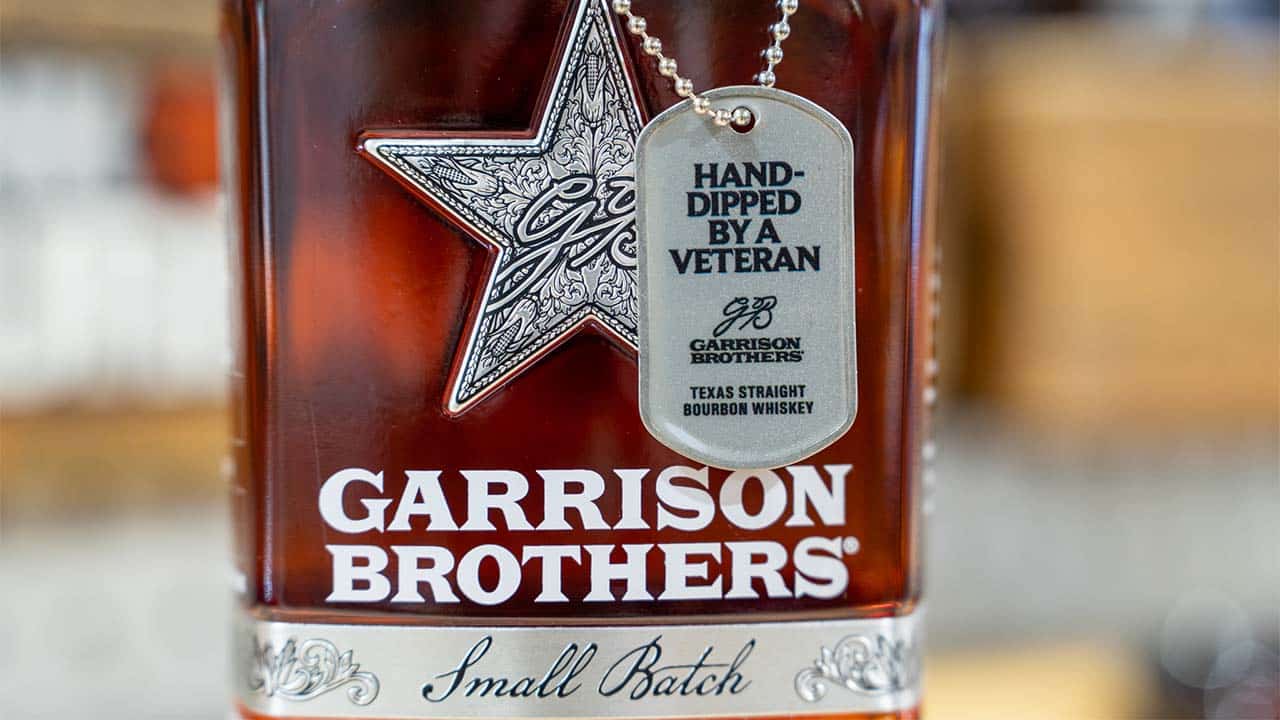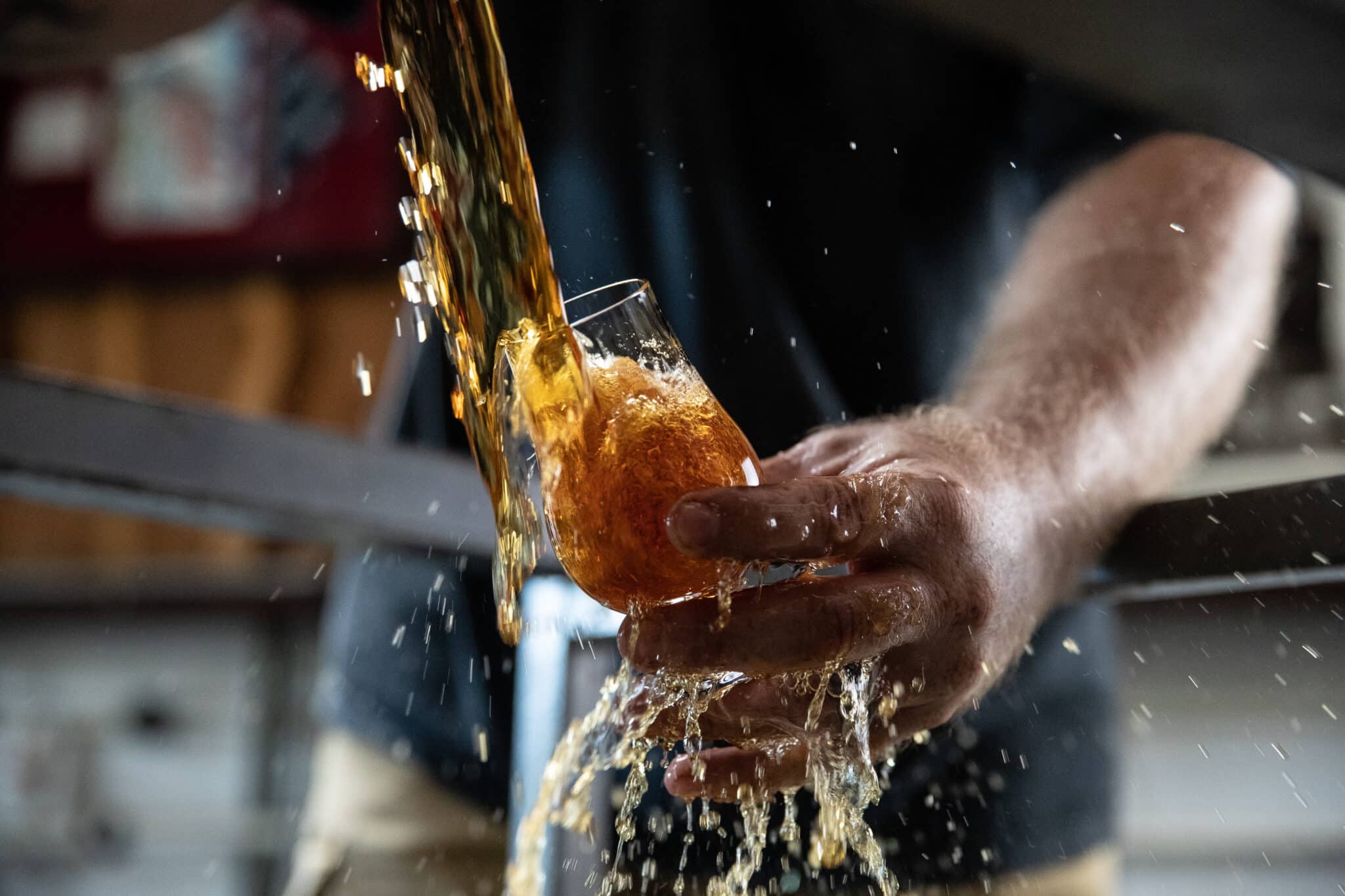It seems we’ve pissed someone off. Not really sure why but some folks who write about the whiskey business seem to have their panties in a wad.
In recent weeks, John Hansell of Malt Advocate, a well respected whiskey writer whose opinions I greatly admire, has written that craft distillers may be damaging the bourbon industry. In his most recent newsletter, Mr. Hansell writes: “The issue here is that these bourbons aren’t as mature and complex as the straight bourbons being put out by the larger distillers and it’s going to drag down the reputation of bourbon.”
Mr. Hansell refers to a story from Clay Risen, which appeared in The Atlantic, that claims “distilleries are cutting corners to speed up the process.” In this story, Mr. Risen has fond things to say about Garrison Brothers, but he then goes on with broad generalizations about all craft distilleries making whiskey.
It seems highly coincidental that at the same time these gentlemen are making these far reaching accusations, the Kentucky bourbon industry is rushing a bill through their state legislature that would give them a tax break for their aging barrel inventories.
Much of the fuss seems to focus on craft distilleries (and I guess we are one since we consider making fine bourbon a craft) that are using smaller barrels to age their bourbon. The authors argue that this is “cutting corners” and that the result is a green, raw, woody bourbon that does not have the same character and complexity of bourbon aged longer in larger barrels.
I suppose this is an interesting debate for those who are talking about it. For those of us actually making fine bourbon, the debate is ridiculous.
At Garrison Brothers, we have more than 1,500 small barrels filled with bourbon we made ourselves from scratch aging in our barns. We also have 10 gallon barrels, 20 gallon barrels, 53 gallon barrels, and 59 gallon barrels filled with our bourbon.
We hand-select the organic Texas corn, wheat and barley that we use. We grind the grain by hand. We cook our own mash. We ferment our own beer. My men and I distill our own bourbon, day in and day out, on three beautiful, reliable Vendome copper alembic pot stills. I dare say our White Dog is superior to any White Dog I’ve tasted in Kentucky.
But since they’ve opened the door, let’s talk about “cutting corners.” My small barrels cost me twice as much as a traditional 53 gallon Kentucky bourbon barrel. Most of my barrels hold only 15 gallons of bourbon. So, it costs me almost five times as much money to age my bourbon in small barrels as it does for the large commercial distilleries.
Could we use larger barrels? Sure. But we don’t. Why? Because the bourbon we’re aging in the small barrels tastes far superior to the bourbon aged in the larger ones. Does this sound to you like we’re “cutting corners”?
Recently, one of the largest Kentucky bourbon distilleries bought 100 small barrels from my cooperage to make their own small barrel bourbon. Does that seem odd? A distillery that’s been in business for decades tastes our bourbon and then decides to try make their own. Isn’t imitation the most sincere form of flattery?
So, debating the use of small barrels does not hold water. Just maybe the real debate should be about what we don’t do.
- WE DON’T RELEASE YOUNG, UNDER-AGE BOURBON. All Garrison Brothers today is straight bourbon whiskey, aged a minimum of two years. Soon, all Garrison Brothers will be three years old. Then four. Then five.
- We don’t buy whiskey from a large midwestern ethanol refinery and call it our own.
- We don’t use grain neutral spirits and then claim we made it ourselves.
- We don’t buy Canadian whiskey or Kentucky bourbon and then put a label on the bottle that says “MADE IN TEXAS.”
- We don’t add wood chips, flavoring, or wood spirals. We believe that is illegal, and it should be.
In the next few months, new “craft” whiskies will flood Texas liquor stores. From the outside, the bottles will appear to look like bourbon. Many may be altering their barrels to try to make the distillate inside taste like bourbon. As I understand it, these “whiskies” are aged 6 or 9 months in used bourbon barrels.
These bottles will say “Texas Whiskey” or “Made in Texas”, probably in big, bold print, even though the makers know good and well that it was actually distilled somewhere else.
The liquid inside these bottles is NOT bourbon. If anything should piss off bourbon writers — who claim a desire to preserve and protect America’s native spirit — this should be it. It makes me mad as hell.
Interestingly, a few weeks ago I invited Mr. Hansell down to Texas, at my expense, to learn the truth about small barrel aging. I wanted him to try our three-year old directly from small barrels and large barrels so he could taste firsthand that the bourbon has indeed gone through the extraction, absorption and esterification phases. I wanted him to taste the character and complexity that can only come from small barrel aging. He declined my invitation.
So, I’m going to try it again and this time I’ll put my money where my mouth is:
Mr. Hansell and Mr. Risen, please come visit us at Garrison Brothers Distillery and try our bourbon. While you are here, we will offer you a taste of all three previous releases of Garrison Brothers and the forthcoming November release. We’ll also share some of our favorites from Kentucky: George T. Stagg, Pappy Van Winkle 23, Old Drum, W.L. Weller 12, and Makers. We’ll provide these samples blind and ask you to choose your two favorites.
If you DON’T select my bourbon as one of your top two favorites, I will donate $500 to the charity of your choice.
Come visit us here in Hye. Then be the judge of whether our distillery might be “damaging the reputation of bourbon.” Around here, bourbon is sacred and we will fight like hell to defend it.


